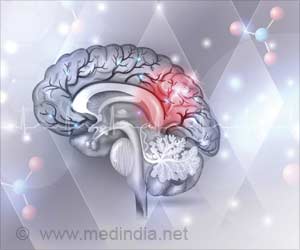
The condition occurred most frequently in overweight or obese, non-Hispanic white teenage girls-85 percent of the children with IIH were girls 11-19, nearly half were non-Hispanic white, and 73 percent were overweight or obese.
Importantly, the study also found a strong association between IIH and increasing weight class: extremely obese adolescents were 16 times more likely than normal weight children to have IIH; moderately obese children, 6 times more likely; and overweight children, 3.5 times more likely.
"Childhood obesity has again been shown to be associated with a serious disease," said study lead author Sonu M. Brara, MD, of the Kaiser Permanente Los Angeles Medical Center Neurology Department.
"This research is the strongest evidence to date that obesity is associated with IIH in children-it also suggests that the childhood obesity epidemic is likely to lead to increased morbidity from IIH, including blindness," he stated.
This study adds to the growing evidence base about data on the prevalence of obesity and prevention of it among children. Earlier this month the Institute of Medicine released its Accelerating Progress in Obesity Prevention offering recommendations, strategies, and action steps for stakeholders and sectors to accelerate progress in preventing obesity.
Advertisement
The children and adolescents in the study were enrolled in the Kaiser Permanente Southern California integrated health plan from 2007 to 2009. The study included measured height and weight and diagnosis of IIH.
Advertisement
"Overweight and obese children appear to have more IIH symptoms at onset than normal weight children. We suggest that clinicians carefully screen adolescents who are overweight or obese and present with symptoms of IIH, such as headache, blurred vision, and eye movement abnormalities," he added.
The study was published in The Journal of Pediatrics.
Source-ANI














